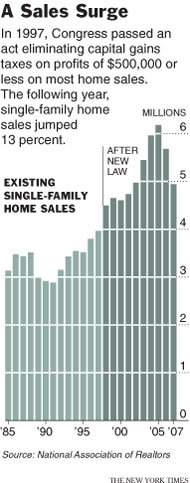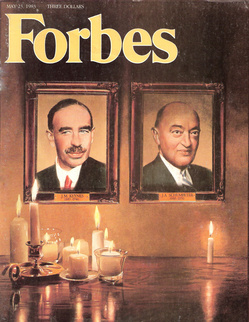(p. 1) According to the economic historian Christina D. Romer, a professor at the University of California, Berkeley, the great volatility of stock prices at the time also increased consumers’ feelings of uncertainty, inducing them to put off purchases until the uncertainty was resolved. Spending on con-(p. 6)sumer durable goods like autos dropped precipitously in 1930.
. . .
Less successful were various market interventions. According to a study by the economists Harold L. Cole and Lee E. Ohanian, both of the University of California, Los Angeles, and the Federal Reserve Bank of Minneapolis, President Roosevelt made things worse when he encouraged the formation of cartels through the National Industrial Recovery Act of 1933. Similarly, they argue, the National Labor Relations Act of 1935 strengthened organized labor but weakened the recovery by impeding market forces.
. . .
What’s next? Perhaps the most troubling study of the 1930s economy was written in 1988 by the economists Kathryn Dominguez, Ray Fair and Matthew Shapiro; it was called “Forecasting the Depression: Harvard Versus Yale.” (Mr. Fair is an economics professor at Yale; Ms. Dominguez and Mr. Shapiro are at the University of Michigan.)
The three researchers show that the leading economists at the time, at competing forecasting services run by Harvard and Yale, were caught completely by surprise by the severity and length of the Great Depression. What’s worse, despite many advances in the tools of economic analysis, modern economists armed with the data from the time would not have forecast much better. In other words, even if another Depression were around the corner, you shouldn’t expect much advance warning from the economics profession.
For the full story, see:
N. GREGORY MANKIW. “Economic View; But Have We Learned Enough?” The New York Times, SundayBusiness Section (Sun., October 26, 2008): 1 & 6.
(Note: ellipses added.)



